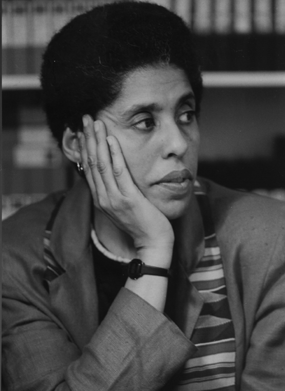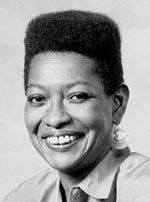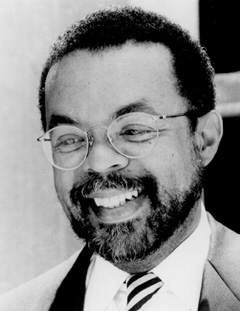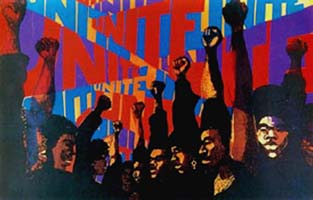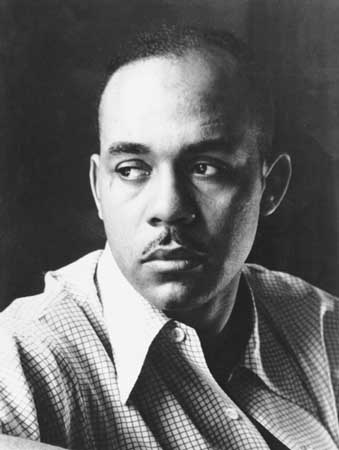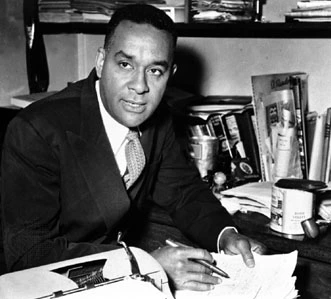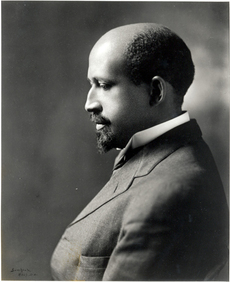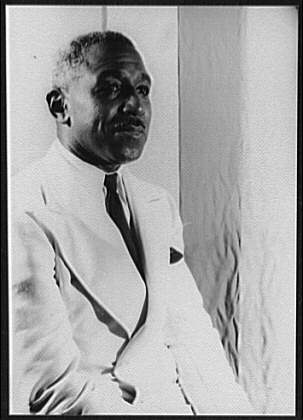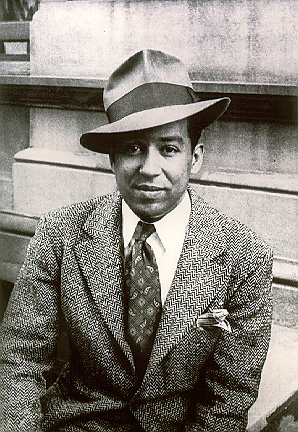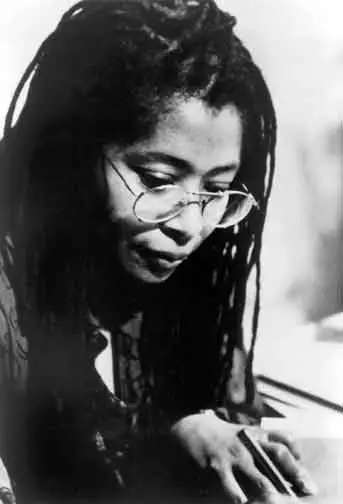
Alice Walker
The thrust of Walker’s essay is relatively simple to understand, and is made most explicit when she states,
What did it mean for a black woman to be an artist in our grandmothers’ time? In our great-grandmothers’ day?…How was the creativity of the black woman kept alive, year after year and century after century, when for most of the years black people have been in America, it was a punishable crime for a black person to read or write? And the freedom to paint, to sculpt, to expand the mind with action did not exist.
Walker wants the readers to consider how the will to artistically create is ineluctably linked to the will to survive, especially for those in society who have historically been denied any and all expressions of freedom, including creativity. It is within this link between survival and creativity that Walker opens up a new way in which to think about artistry, specifically the artistry of African American women, by considering the smallest efforts at preserving momentary “beauties” as herculean efforts at maintaining humanity. Under her perspective, survival itself becomes an act of artistry.
She uses Phillis Wheatley as an exemplar of this mode of artistry as survival, survival as artistry. Her use of Virginia Woolf’s notion of “a room of one’s own” effectively contextualizes the creative will of African American women as embodied by Wheatley, and makes explicit the power of that will.
How can we apply Walker’s idea to the broader notion of an African American literary tradition?

